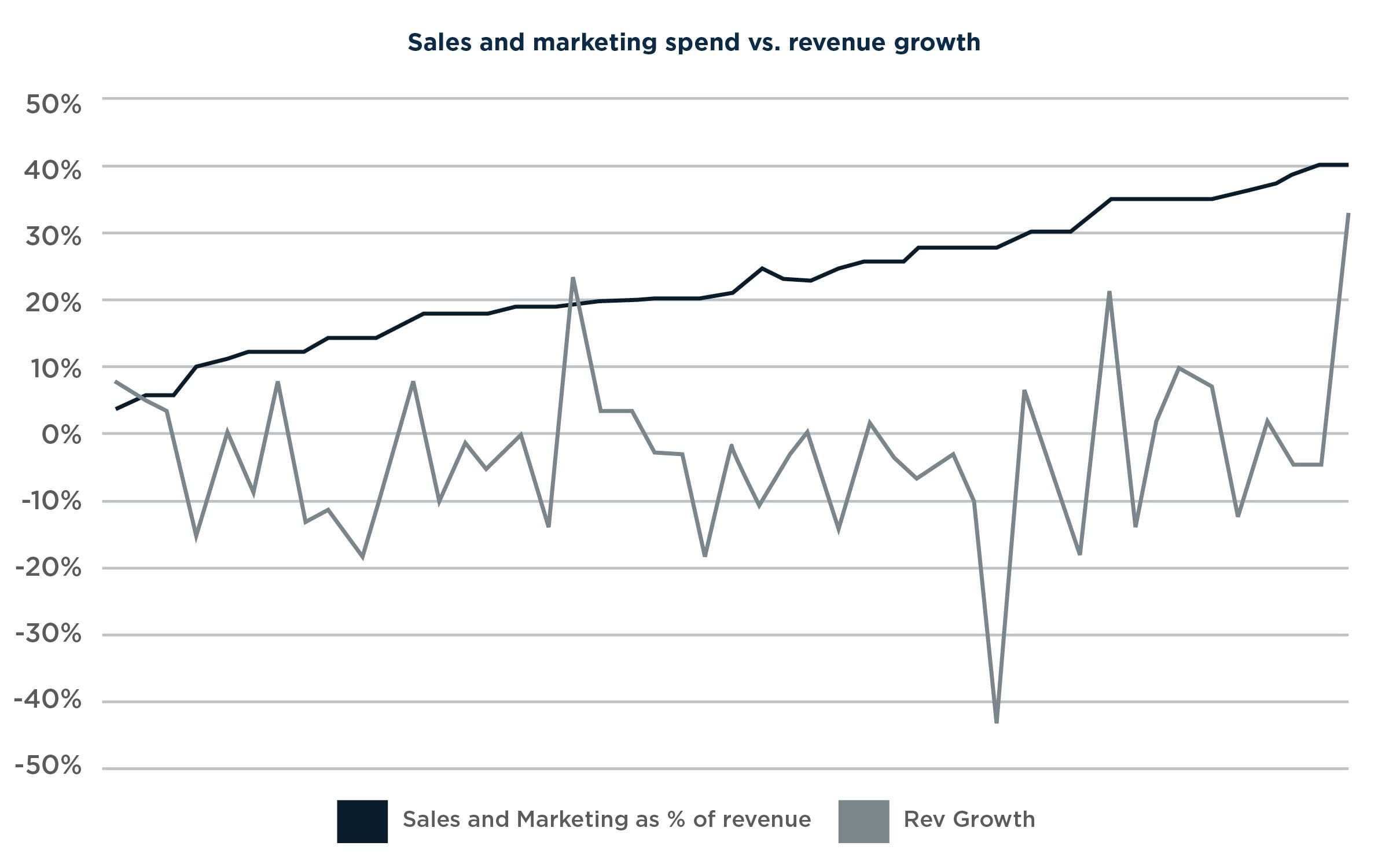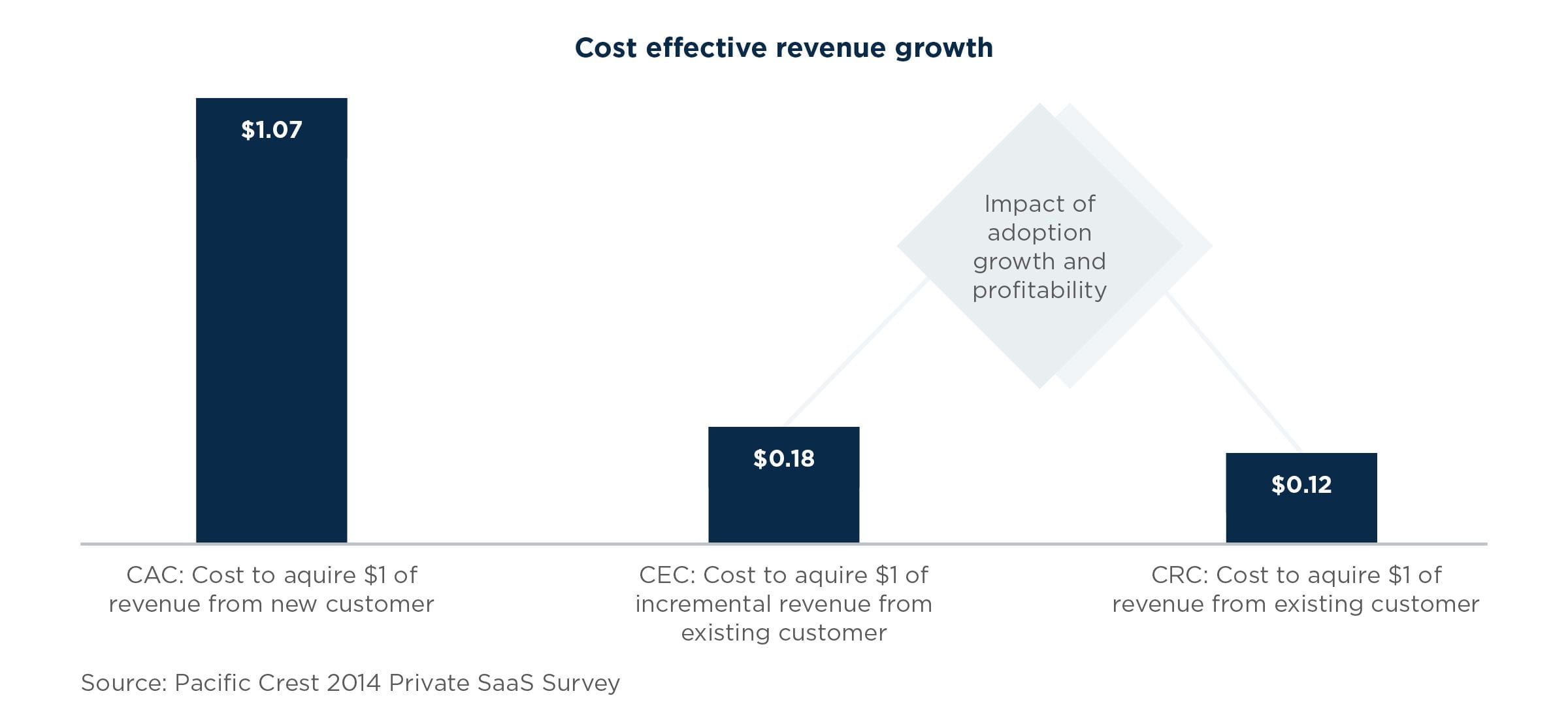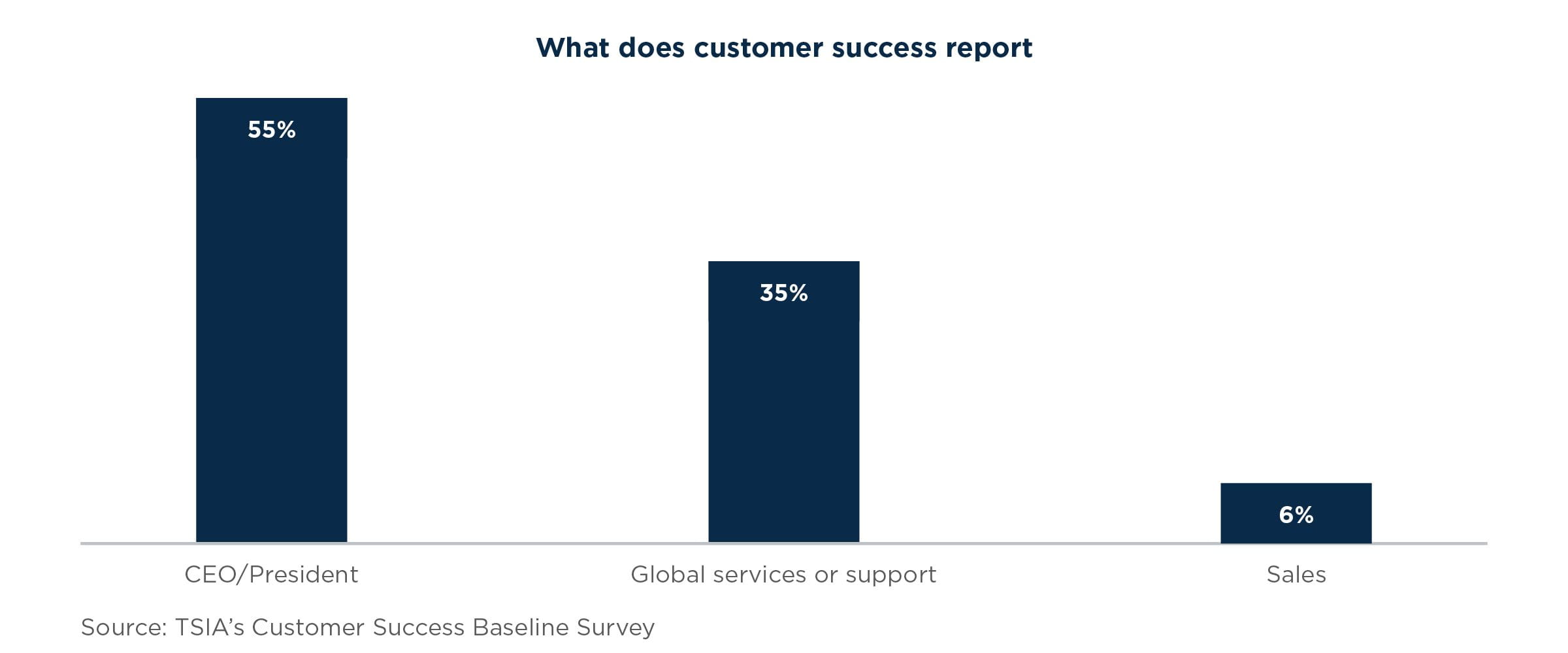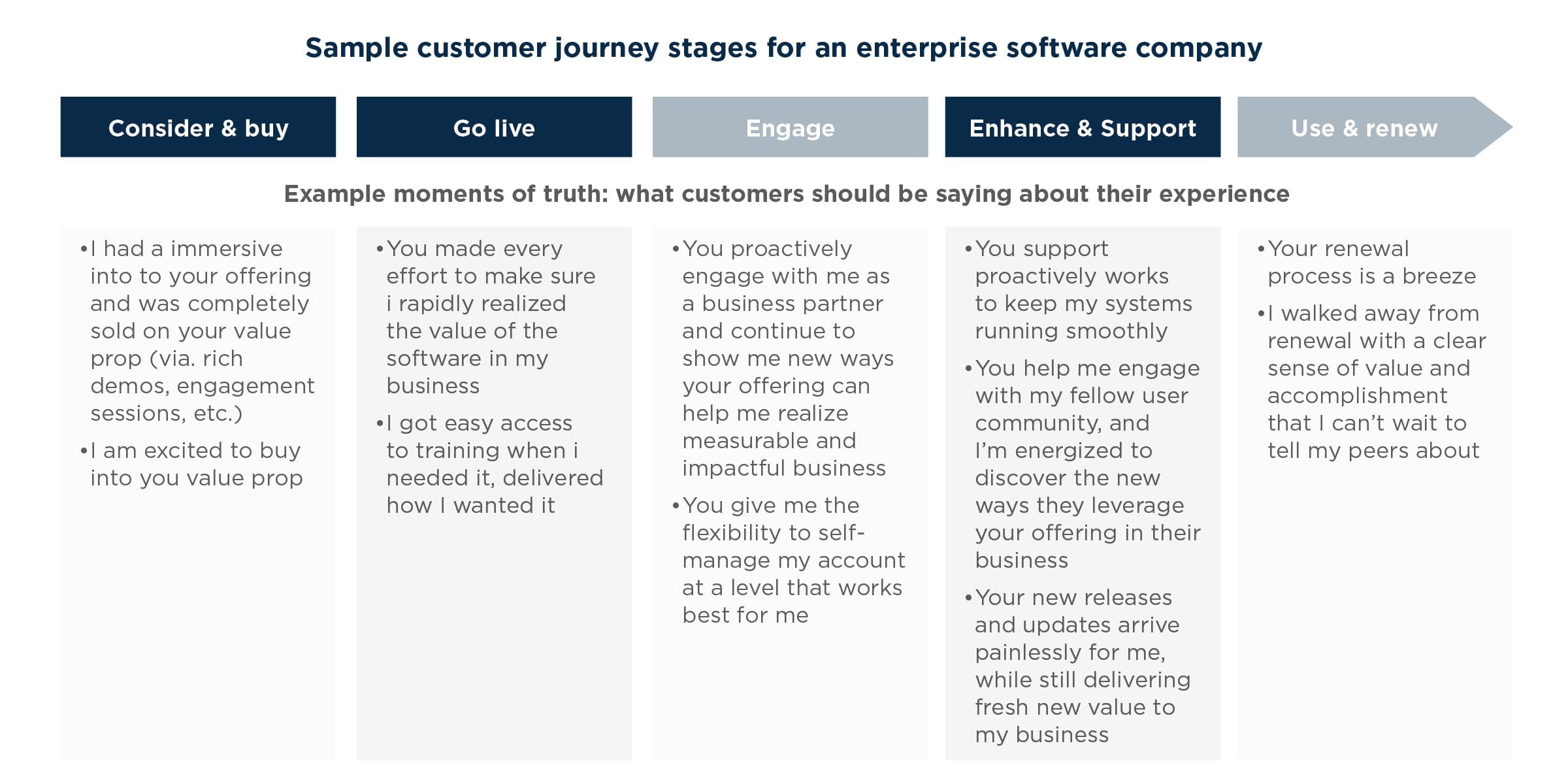
Jan. 1, 2016 | InBrief
Achieving subscription success though customer journey mapping
Delivering a remarkable end-to-end customer experience is key to subscription success, and customer journey mapping can help accomplish that
Achieving subscription success though customer journey mapping
The subscription economy continues to push its way into our everyday lives. It’s highly likely that nearly everyone reading this post has a subscription to Netflix, Spotify, or ZipCar, or even Dollar Shave Club.
In technology, the subscription shift isn’t just happening on the consumer side—many enterprise technology providers are also making the transition. The SaaS segment of enterprise software will grow at an aggressive 18 percent compound annual growth rate (CAGR) over the next three years, and will represent approximately 31 percent of the total software economy by 2018.
In this post, we will outline why delivering a remarkable end-to-end customer experience is key to subscription success, two golden rules of customer engagement, common barriers to success, and the power of customer journey mapping in achieving it.
The Importance of Delivering Remarkable End-to-End Customer Experience
Building a subscription business from scratch is no easy feat. It is even more daunting for a tech provider with a history of product-based selling and delivery to transition to subscription. Product-based businesses, whether they sell actual physical items or software licenses, have traditionally been built around a transactional customer engagement model. Engagement effort is frontloaded around closing the deal, getting the software up and running, and providing some support before leaving the customer out of sight and out of mind until the renewal date. This might sound harsh, but this is often how the customer views the experience.
In a subscription model where customers pay a recurring fee for these services, and where the provider must consistently demonstrate that they and their solution have strong value, the transactional type of customer engagement isn’t sufficient. In fact, depending on a provider’s upfront customer acquisition cost and investments, it can take several months to several years for a customer account to break even[ii]. We are seeing that deficiency show up in revenue data collected by TSIA, which indicates that spending more on sales and marketing no longer slows the declining trajectory of revenue attainment as it once did.
This graph from TSIA shows a variety of companies and public numbers around their sales and marketing spend and overall revenue growth.
A disconnect has occurred over the last few years and the same patterns have shown to be generally true for both pure SaaS and product-based vendors. This suggests to us that customers are making different choices after they’ve purchased and implemented solutions than they historically have made. Is the reason for this due to more competition? More freedom from long-term contracts? Simpler options? It’s actually all of the above, which is exerting pressure on companies to better-understand their customers in order to retain them and grow.
While this lack of correlation can be justified in many ways, there is no getting around the conclusion that companies need to focus on driving solution adoption with their clients if they want to grow their top line. Higher adoption should translate to a customer’s greater perception of return on investment (ROI) and value realization, which should then translate to a higher propensity to renew the subscription and maybe even entertain the notion of expanding the investment.
If you couple that data point with the next one, you will have an even greater appreciation why it makes sound business sense to focus more on growing your existing customers if you’re looking to expand revenue. The differential between what it costs to acquire a customer versus the cost it takes to renew and expand the customer is very stark.
CAC: cost to acquire a customer, CEC: cost to expand revenues with an existing customer, CRC: cost to renew a customer.
Subscription businesses at their core are built around fostering a continuous, long-term relationship with customers. The longer customers keep their subscriptions, the more profitable they become for the provider. As a result, ensuring the customer experience remains remarkable throughout the entire lifecycle is a priority-one mission.
Golden Rules of Subscription Customer Engagement
In order to achieve an exceptional subscription customer experience, two golden rules of engagement must be followed:
- Maintain empathetic and cohesive engagement with the customer across all functional areas and touchpoints, including sales, day-to-day account management, training, support, etc.
- Leverage your domain expertise and service capabilities to enable your customer’s business success instead of simply teaching them how to use your product.
Making these golden rules operationally tangible and real in a customer’s eyes is easier said than done. Providers must think very differently about their entire organization and invest in processes, human capital, tooling, etc. This transition can cause a lot of friction. Many companies don’t have a “one-team” culture cohesive enough to proactively put forth a singular vision of an exceptional customer experience.
Long-established providers tend to have many functional silos, with separate and distinct presales, professional services, and support groups. This creates multiple hurdles to overcome, including:
Lack of holistic view of customer experience
No one (outside of a few members of the C-suite) has a complete view of the customer experience. Functional teams know where a customer comes into their silo, what to do for the customer once there, and where to push the customer next. Not only does this leave the customer with the impression of a less-than-harmonious corporate structure at work, it demonstrates a lack of empathy for the customer and what they need to achieve.
Difficulty gaining traction on end-to-end customer experience initiatives
When implementing a customer success manager program, determining where the program should reside organizationally can be difficult. Each functional area might show resistance to the very idea of the surrendering or taking on more responsibility, or may even lack the experience to make the program truly capable of delivering an end-to-end experience. It might simply absorb the program back into the known quantity of the functional silo, resulting in a glorified account management support role if left in sales, or an escalation manager by another name if housed in support. Some evidence of this confusion surfaced in TSIA’s recent Customer Success Baseline Survey. In the graph below, the member companies are divided in where they situate the organization responsible for the customer experience.
Without a culture of collaboration, it will be very difficult to achieve success with a subscription business.
Define the Ideal Customer Experience with Customer Journey Mapping
Undertaking a customer journey mapping exercise is a great way to drive toward a broader sense of customer empathy and customer-centric, cross-functional collaboration.
Customer journey mapping is a hot topic, with multiple points of view and definitions being employed. At West Monroe, we see a customer journey map as a view of the complete customer lifecycle with a provider, which includes:
- A cross-functional, collaborative design and execution.
- Visionary, but focused on operational change opportunities that are actionable and measurable.
- An agile, ongoing process; target near and mid-term horizon (ideally no more than 18 months) to build a desired end state, followed by continued enhancement.
- An outside-in driven process.
Each touch point along the customer journey is an opportunity for the provider to really shine by delivering a remarkable customer experience. This can be anything from a rich and intuitive demo during the initial buying stage, to a training session that effectively demonstrates how the offering will enable a customer’s business success. Identifying these opportunities to shine, or “moments of truth,” is critical to establishing the end-to-end customer experience the provider should strive to deliver.
Bring Your Customer Journey Map to Life
Many proponents of journey mapping end the exercise after mapping the moments of truth. This can result in the journey map becoming siloed into a singular thought piece at high risk of not being effectively leveraged. West Monroe believes the core reason for engaging in a journey mapping exercise is to bring the identified goals and aspirations to life by making them operationally real. Done right, the journey map becomes a customer experience-focused guide to identifying the operational imperatives necessary to deliver on those moments of truth.
Building a journey map and using it as a driver to transform the operating model isn’t easy. To do so successfully requires collaborative engagement across the entire organization during the process. There is incredible transformative value in busting the functional teams out of their silos and gathering them all together in a room to map out the customer journey and the moments of truth. It affords the often-insulated functional groups a chance to actually see the end-to-end customer experience for perhaps the first time, with “a-ha” moments emerging quickly thereafter. This cross-functional collaboration must be sustained in order to execute the identified operational imperatives and achieve the transformed organizational vision.






